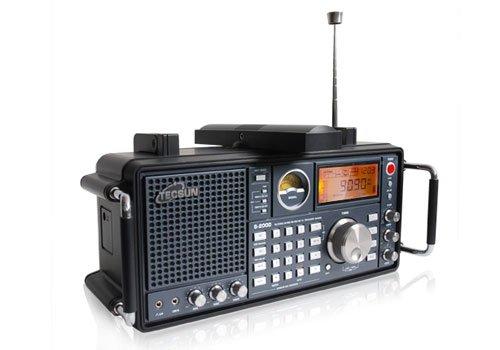

Name the profile Wireless and click OK.Do you struggle to understand what shipping documents mean for your shipment? Don’t you know how to take care of them? We are here to help you out and explain what important shipping documents you might encounter or need to consider when shipping your freight. Then right-click the active profile listing at the bottom right of the screen and click New. The profile can be added with multiple colorizations of different types of packets as seen in the above screenshots. To save a custom profile, first configure wireless columns and filters to your liking. It is recommended to use or create a wireshark profile specifically for analyzing wireless packet captures. The filtering of wireless packets is different as compared to wired filters on wireshark. The sections below investigate those frames with the help of packet capture given above. The management, control, and data frames.
Does air doc need a receiver mac#
The display filter used was "wlan.addr = 00:21:6b:f7:3a:d2 and (wlan.fc.type = 0x00 or eapol)"Īs mentioned above in the 802.11 packet structure section, there are 3 types of frames used in 802.11 MAC layer communications happening over the air which manage and control the wireless link. The packet capture is shown here in Wireshark. Here is an example of a complete client authentication process from the above packet capture.

Data rate: To understand why data transmissions don’t always make it from a transmitter to receiver, you must know what data rates are being used.If your intention is to get a capture focused on a specific AP, then lock your capture to that AP’s channel, and validate that the capture was on that channel

Channel (frequency): As a wireless LAN may support anywhere from 3 to 25 different channels, it’s crucial to know exactly which channel(s) your capture was taken from.Some important physical layer values you need to be aware of are channel, data rate, and signal strength. It is important to get an understanding of the physical layer of the capture before diving into the capture to analyze the upper layers. Unlike wired packet analysis, the wireless physical layer is more complex. There are several important considerations, like the ever-evolving 802.11 wireless protocol, wireless signal interference, and the continuous sniffing for wireless packets in your radio environment. This document will discuss the analysis of wireless packets and challenges in analyzing them, with the help of packet capture examples. There are multiple considerations in wireless communication which make it different as compared to wired packet captures. Wireless packet captures are an important part of troubleshooting complex wireless connectivity issues. This document can be a good tool to reference if you have acquired wireless packet captures and need to analyze them. The main purpose of the document is to give an understanding of the 802.11 packet structure and how to analyze wireless packet captures. Open Authentication for Troubleshooting.Monitor Mode for Wireless Packet Captures.


 0 kommentar(er)
0 kommentar(er)
